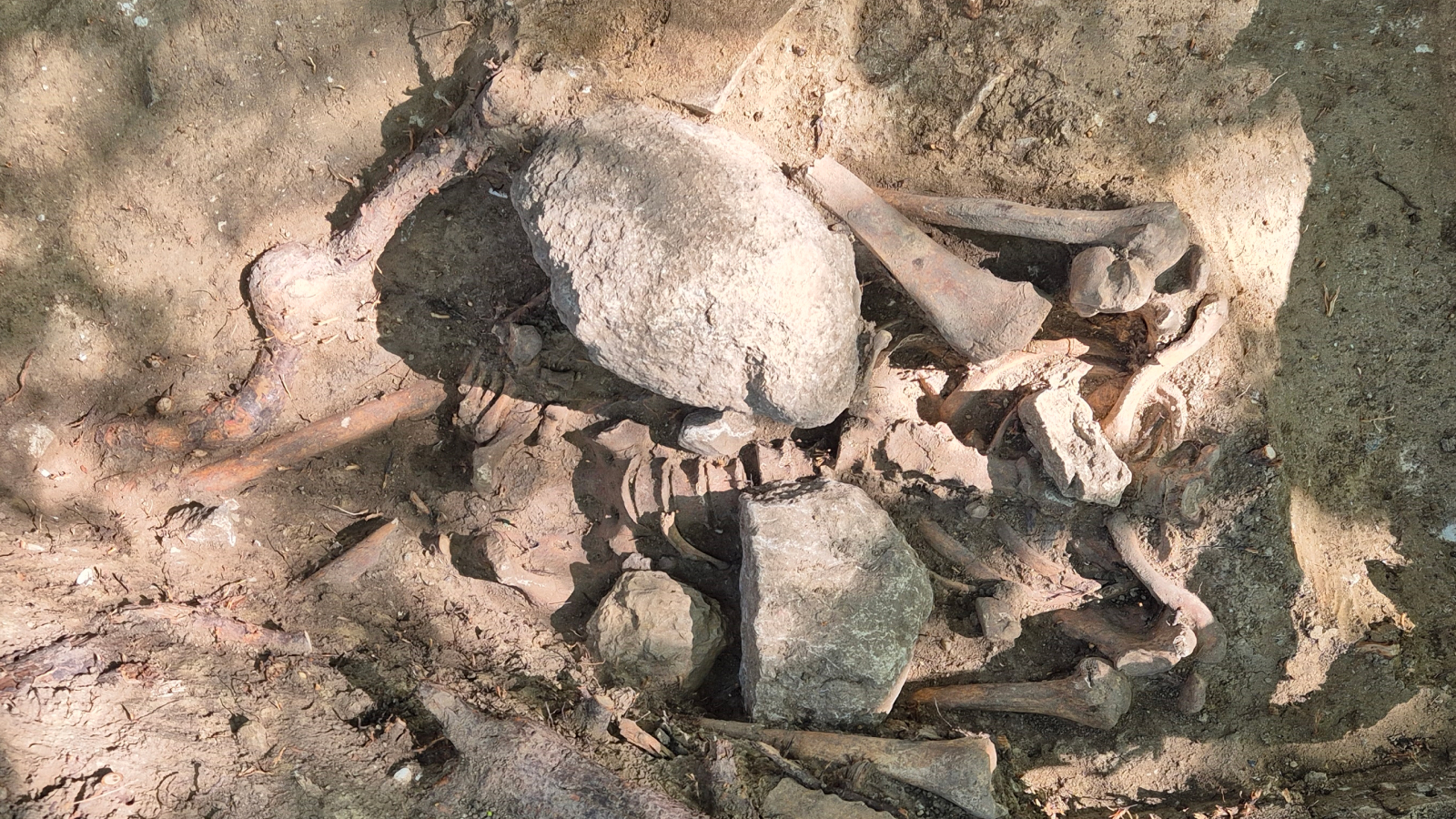Diversity, Vol. 15, Pages 405: Large Remaining Forest Habitat Patches Help Preserve Wild Bee Diversity in Cultivated Blueberry Bush
Diversity doi: 10.3390/d15030405
Authors: Sergio Vega Héctor Vázquez-Rivera Étienne Normandin Valérie Fournier Jean-Philippe Lessard
Global declines in wild and managed bee populations represent a major concern for the agricultural industry. Such declines result, in part, from the loss of natural and semi-natural habitats in and around agricultural ecosystems. However, remaining forest patches in heavily modified landscapes represent nesting habitats that may be crucial to preserving wild bees and their services. Because wild bees are the main pollinators of fruit crops, preserving potential nesting habitats might be particularly important for the crops’ yield and profitability. Here, we assessed whether the abundance and richness of visiting wild bees in blueberry crops relates to the amount of surrounding forest cover and if so, whether those relationships varied with spatial scale. Specifically, we sampled wild bee communities in 18 blueberry fields during the blooming period in Montérégie, Quebec, Canada, where sampling consisted of pan trap triplets and direct observation of flower visitors on blueberry bushes. Then, we quantified the proportion of forest in radii of 0.5 km, 1 km, and 2 km around each field. Wild bee abundance was positively related to the proportion of forest habitat surrounding the crop field, but the relationship for wild bee richness was less clear. Moreover, these relationships were strongest at 1 and 2 km radii of measured land cover. Overall, pollinator diversity was highest when at least 30% of the surrounding landscape consisted of forest patches, representing a total area of at least 1 km2. Our results suggest that preserving large habitat patches in agricultural landscapes can help prevent further decline in wild bee diversity while maximizing pollination services to fruit crops.

 1 year ago
30
1 year ago
30


